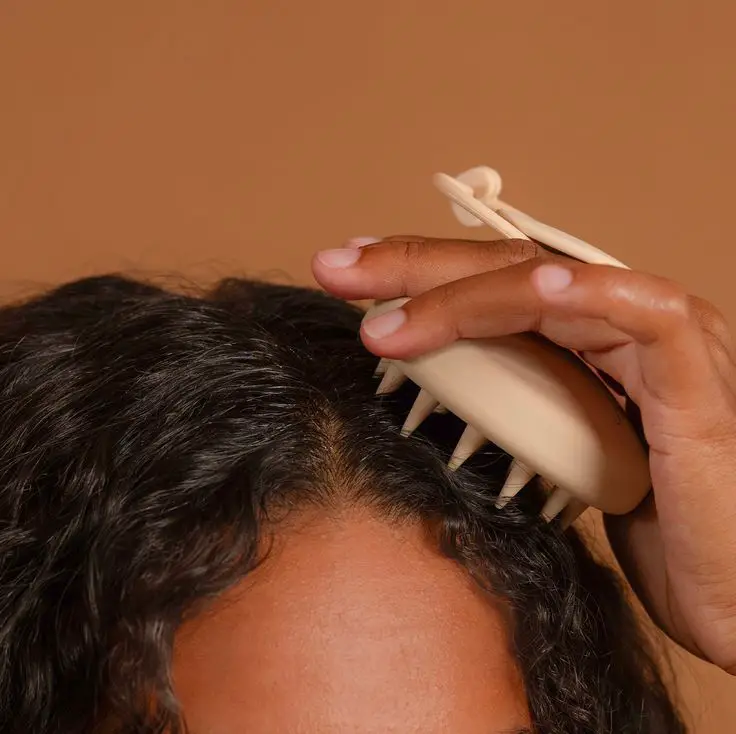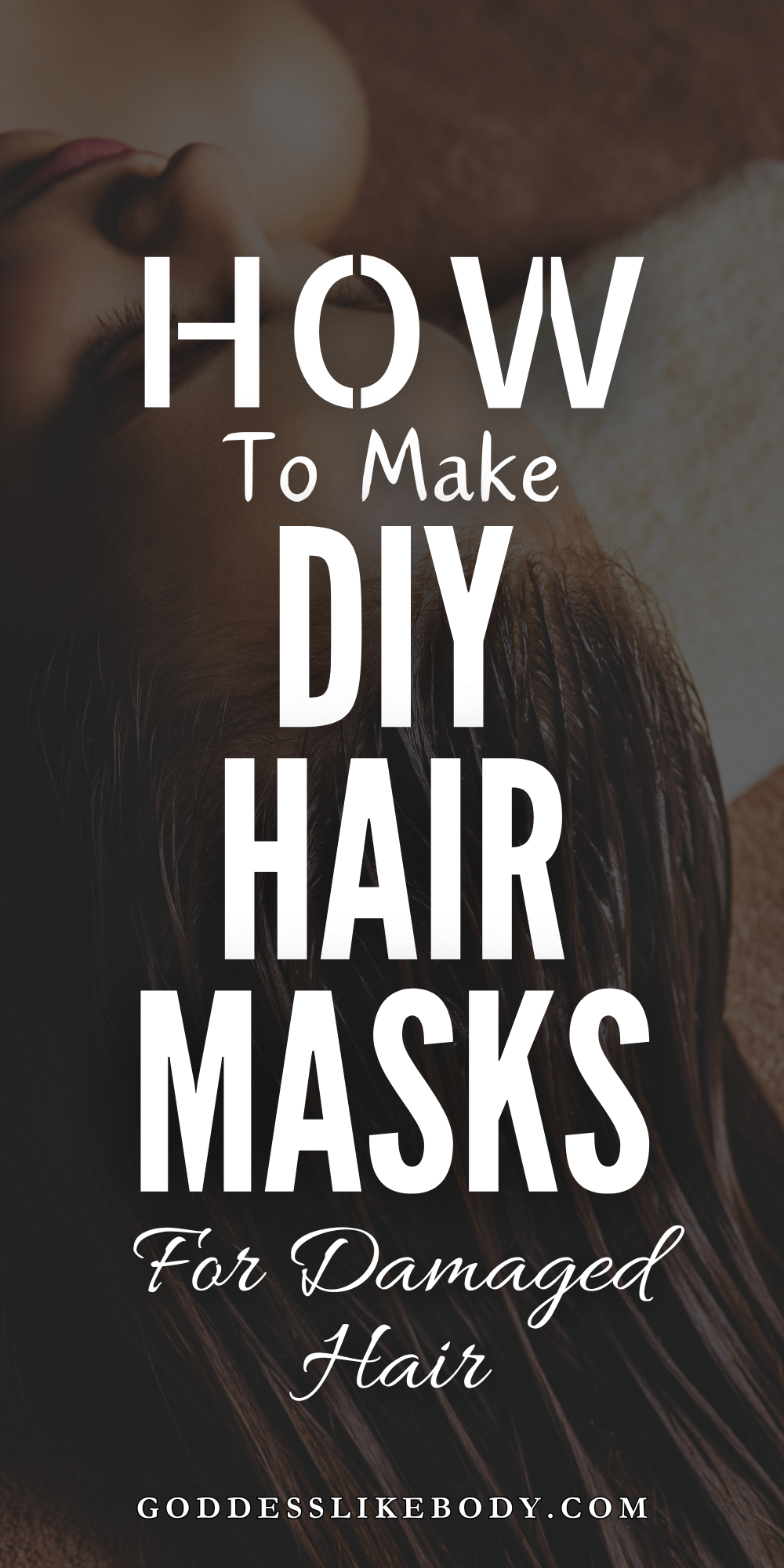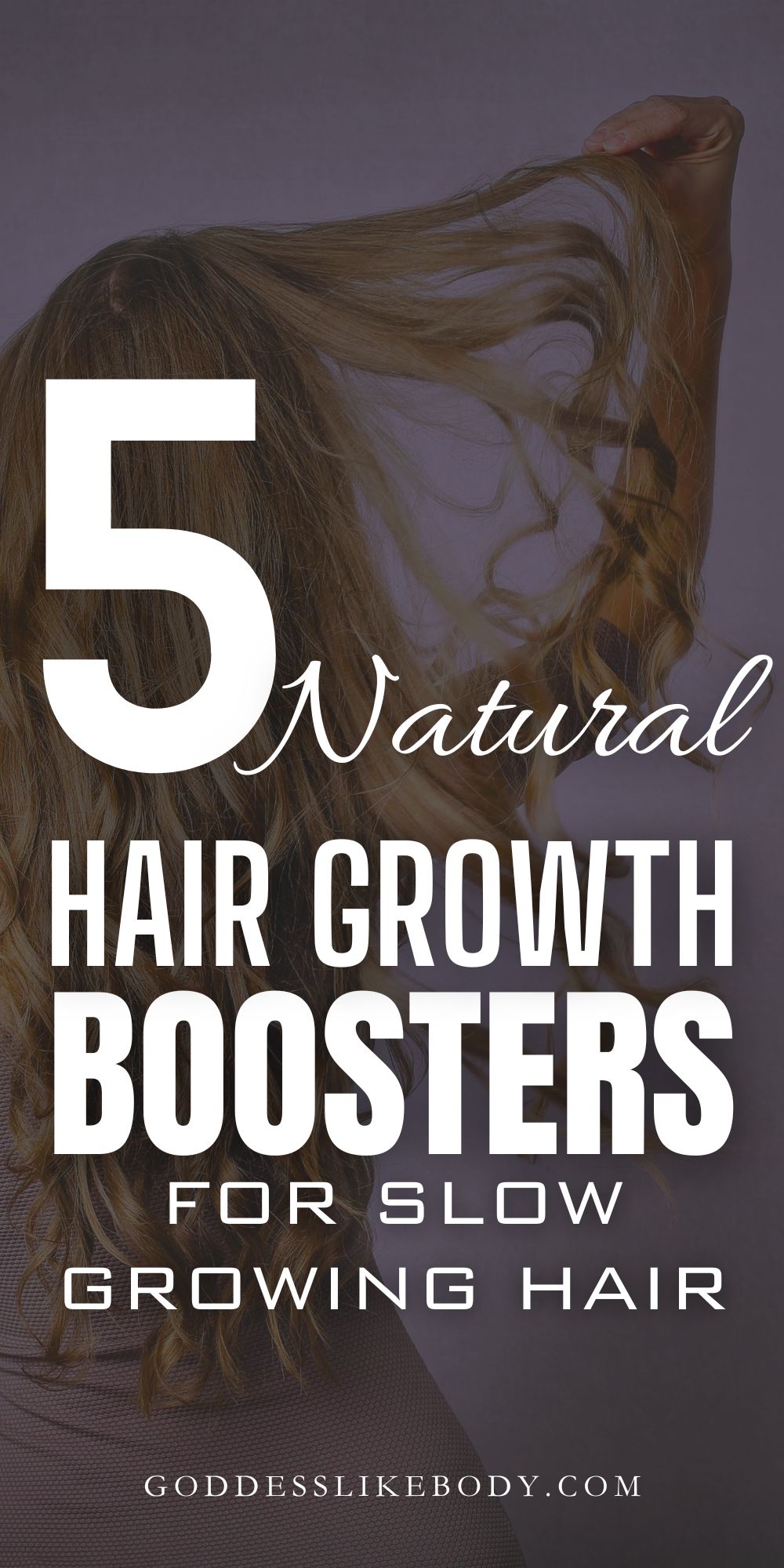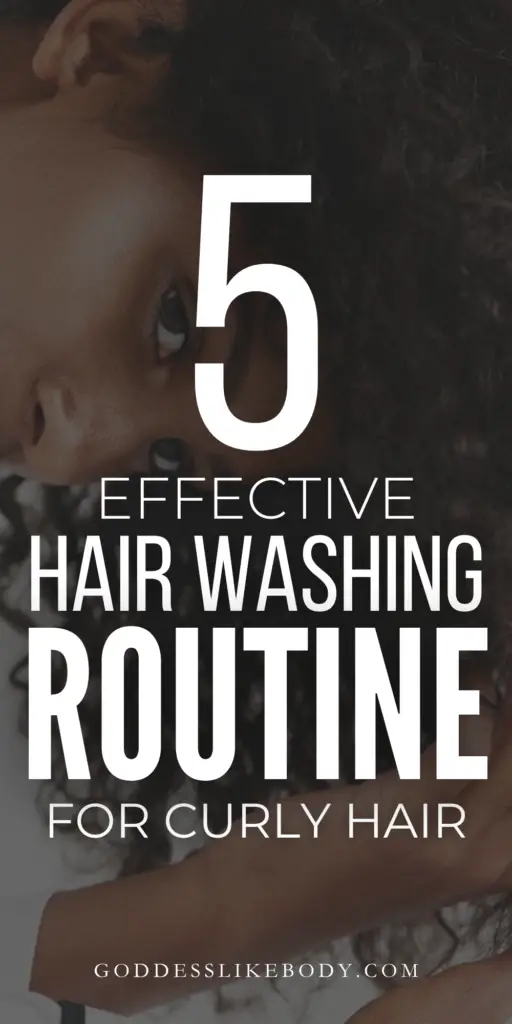Having damaged hair can be frustrating and significantly affect your overall appearance. Whether your hair is damaged from excessive heat styling, chemical treatments, or lack of proper care, it’s essential to take steps to restore its health and vitality. In this article, we will provide you with 15 hair care tips to help you revive and rejuvenate your damaged locks.
Buys? Save this pin for later.
Trim Your Hair Regularly
Regular trims are crucial for maintaining healthy hair, especially if it’s damaged. Trimming the ends every 6-8 weeks helps to get rid of split ends, preventing them from traveling up the hair shaft and causing further damage.
It also promotes hair growth as it removes the damaged portions and encourages the growth of new, healthier strands.
Additionally, regular trims help to maintain the shape and style of your hair, preventing it from looking dull or unkempt. It’s important to find a skilled hairstylist who understands your hair type and can trim it without compromising its length or style.
Use a Gentle Shampoo
When washing your damaged hair, opt for a gentle shampoo that is specifically formulated for damaged or dry hair. Look for ingredients like keratin, biotin, or argan oil, which can help repair and strengthen your strands. These ingredients provide nourishment and hydration to the hair, restoring its natural shine and softness.
Avoid shampoos that contain harsh sulfates, as they can strip away the natural oils in your hair, leaving it dry and brittle. Instead, choose sulfate-free formulas that gently cleanse your hair without causing further damage.
Condition Regularly
Conditioning your hair after shampooing is essential to replenish moisture and nourish your damaged locks. Use a deep conditioning treatment or a hair mask at least once a week to provide extra hydration and repair damaged cuticles.
These treatments penetrate deep into the hair shaft, providing intense moisture and nutrients to restore strength and vitality.
In addition to weekly treatments, consider using a daily conditioner to keep your hair hydrated and protected throughout the day. Look for conditioners that contain ingredients like shea butter, coconut oil, or jojoba oil, as they provide excellent moisture and help to reduce frizz and breakage.
Avoid Heat Styling
Excessive heat styling can further damage your hair, so it’s best to give your hair a break from hot tools. If you must use heat, always apply a heat protectant spray or serum beforehand to minimize damage. These products create a barrier between your hair and the heat, reducing the risk of heat-induced damage.
Consider using alternative styling methods that don’t require heat, such as air-drying your hair or using heatless curling techniques. Embrace your natural hair texture and experiment with different hairstyles that don’t rely on heat styling for a healthier, more resilient mane.
Limit Chemical Treatments
Chemical treatments such as coloring, perming, or relaxing can weaken and damage your hair. To promote hair recovery, limit the use of chemical treatments and give your hair time to heal naturally.
If you decide to undergo a chemical treatment, consult with a professional hairstylist who can assess the health of your hair and recommend the least damaging options.
When using hair dye, opt for ammonia-free or semi-permanent formulas that are gentler on your hair. If you must chemically straighten or perm your hair, be sure to follow all instructions carefully and use products that are specifically designed for damaged or chemically treated hair.
Pat Dry, Don’t Rub
When drying your hair, avoid vigorously rubbing it with a towel. Instead, gently pat your hair dry to prevent breakage and minimize frizz. Rubbing your hair vigorously with a towel can cause the hair cuticles to lift and break, leading to further damage and frizz.
Consider using a microfiber towel or an old cotton t-shirt to blot excess moisture from your hair. These materials are gentler on the hair and help to absorb water without causing unnecessary friction.
Avoid Tight Hairstyles
Tight ponytails, braids, or buns can put strain on your already damaged hair, leading to breakage and further damage. Opt for loose hairstyles that do not pull on your hair excessively. If you need to tie your hair back, use hair-friendly accessories like scrunchies or fabric-covered hair ties that minimize tension and prevent hair breakage.
Avoid hairstyles that require excessive use of bobby pins or elastics, as they can cause hair to break or become tangled. Instead, choose hairstyles that allow your hair to flow naturally and give it room to breathe.
Protect Your Hair from the Sun
Just like your skin, your hair can also be damaged by the sun’s harmful UV rays. Wear a hat or use hair products that contain UV filters to shield your hair from sun damage. These products create a protective barrier on your hair, preventing UV rays from penetrating and causing dryness, color fading, or brittleness.
If you spend a lot of time outdoors, consider using leave-in conditioners or hair serums that contain SPF to provide additional sun protection. Remember to reapply these products throughout the day, especially if you’re swimming or sweating.
Eat a Balanced Diet
Nourishing your hair from within is just as important as external care. Consume a balanced diet rich in vitamins, minerals, and proteins that promote hair health. Include foods like salmon, eggs, spinach, and nuts in your diet as they are packed with essential nutrients that support hair growth and repair.
Vitamin A helps to produce healthy sebum, the natural oil that moisturizes the scalp and keeps hair healthy. B vitamins, particularly biotin, aid in the production of keratin, a protein that strengthens hair strands.
Omega-3 fatty acids found in fish and nuts promote scalp health and add shine to your hair. Lastly, iron-rich foods like spinach and lentils prevent hair loss and promote healthy hair growth.
Use a Wide-Toothed Comb
To prevent further breakage, use a wide-toothed comb or a brush with soft bristles to detangle your damaged hair gently. Start combing from the ends and work your way up to avoid tugging on knots. Using a wide-toothed comb helps to minimize breakage by reducing the strain on your hair strands.
If your hair is prone to tangles, apply a leave-in conditioner or a detangling spray before combing. This will make it easier to glide through the hair, reducing the risk of breakage and minimizing the damage caused by knots and tangles.
Minimize Hair Washing
Frequent hair washing can strip away the natural oils that protect and nourish your hair. Try to wash your hair every other day or even less frequently if possible. When not washing, use dry shampoo to keep your hair looking fresh. Dry shampoo absorbs excess oil and adds volume to your hair, allowing you to extend the time between washes.
When washing your hair, focus on the scalp and roots, as they tend to be oilier. Avoid using hot water, as it can dry out your hair and scalp. Instead, opt for lukewarm water and finish with a cool rinse to help seal the hair cuticles and add shine.
Massage Your Scalp
Massaging your scalp regularly stimulates blood flow to the hair follicles, promoting hair growth and enhancing the health of your damaged strands. Use your fingertips to massage your scalp in circular motions for a few minutes each day.
This increases the circulation of oxygen and nutrients to the hair follicles, nourishing the hair from the root and encouraging healthy growth.
In addition to promoting hair growth, scalp massage can also relieve stress and tension, which can contribute to hair loss or damage. Make scalp massage a part of your daily hair care routine to reap its benefits.
Sleep on Silk or Satin Pillowcases
Cotton pillowcases can create friction, causing your damaged hair to break or become frizzy. Switch to silk or satin pillowcases to reduce friction and keep your hair smooth and protected while you sleep. Silk and satin are smooth materials that allow your hair to glide over the pillowcase, preventing tangles and minimizing breakage.
If using silk or satin pillowcases is not an option, consider wrapping your hair in a silk or satin scarf before going to bed. This will provide a protective barrier and help to maintain the moisture and integrity of your hair.
Avoid Overbrushing
Brushing your hair excessively can lead to breakage, especially if your hair is already damaged. Be gentle when brushing and avoid overdoing it. Use a detangling spray or apply a leave-in conditioner to make it easier to comb through your hair.
These products help to reduce friction and make the detangling process smoother, minimizing the risk of breakage.
When brushing, start from the ends and gradually work your way up, using gentle strokes. Avoid pulling or tugging on knots, as this can cause your hair to break. Invest in a high-quality brush with flexible bristles that are gentle on your hair and scalp.
Seek Professional Help
If your hair is severely damaged and home remedies are not working, it’s advisable to consult a professional hairstylist or trichologist. They can assess the condition of your hair and provide personalized advice and treatments to help restore its health.
Professional treatments, such as deep conditioning, protein treatments, or keratin treatments, can provide targeted repair for damaged hair.
A hairstylist or trichologist can also recommend suitable hair care products and techniques that are specifically tailored to your hair type and the extent of the damage. They can guide you on how often you should trim your hair, what styling methods to avoid, and which products will work best for your hair’s unique needs.
By following these hair care tips for damaged hair, you can gradually improve the condition of your locks and achieve healthier, more lustrous hair. Remember, consistency and patience are key when it comes to repairing damaged hair.
FAQ
How often should I trim my damaged hair?
Regular trims every 6-8 weeks are recommended to get rid of split ends and promote hair growth.
What ingredients should I look for in a shampoo for damaged hair?
Look for shampoos with keratin, biotin, or argan oil to repair and strengthen your strands.
How often should I use a deep conditioning treatment or hair mask?
Use a deep conditioning treatment or hair mask at least once a week for extra hydration and repair.
What hairstyles should I avoid if I have damaged hair?
Avoid tight ponytails, braids, or buns that put strain on your hair and lead to breakage. Opt for loose hairstyles instead.










Leave a Reply
You must be logged in to post a comment.